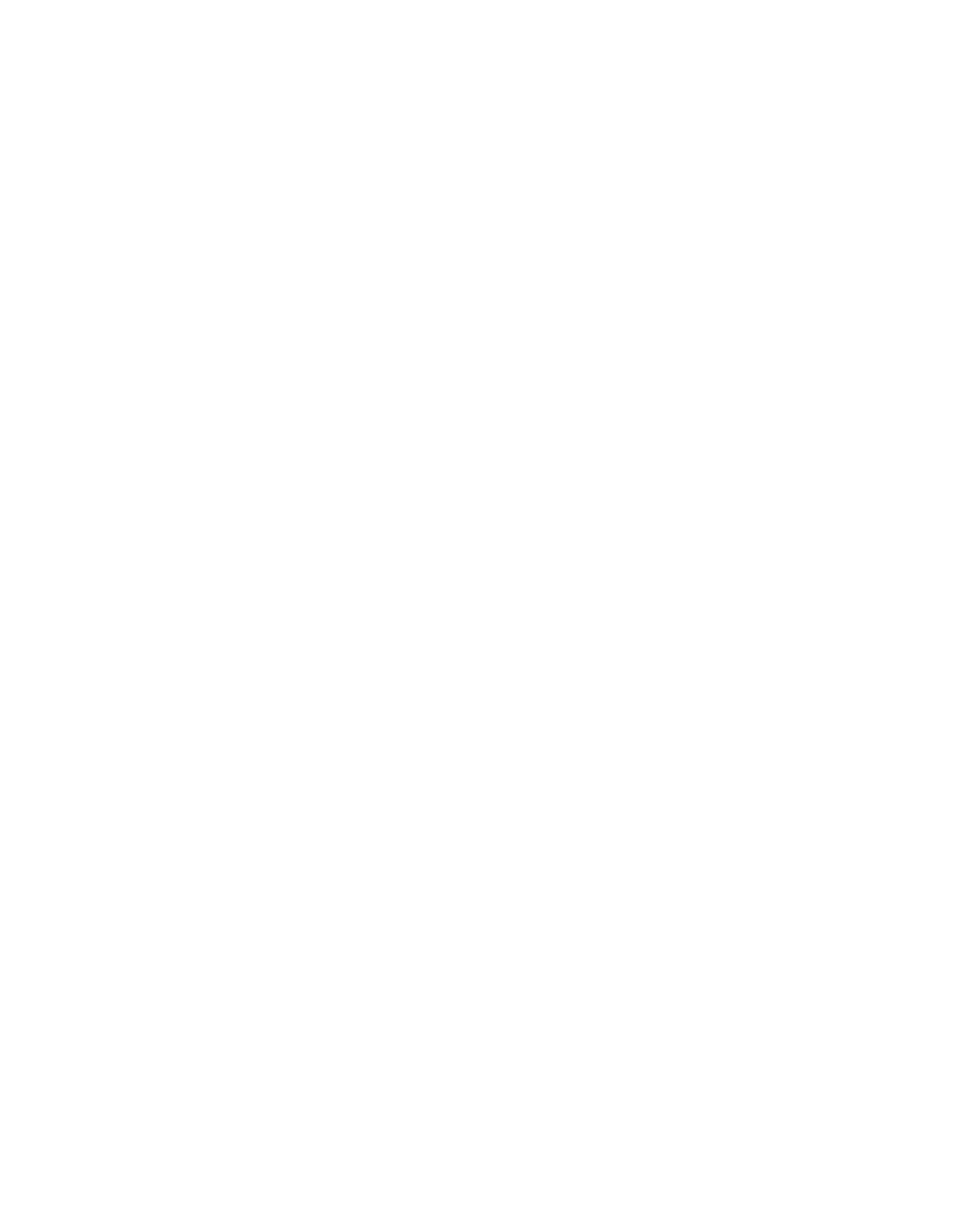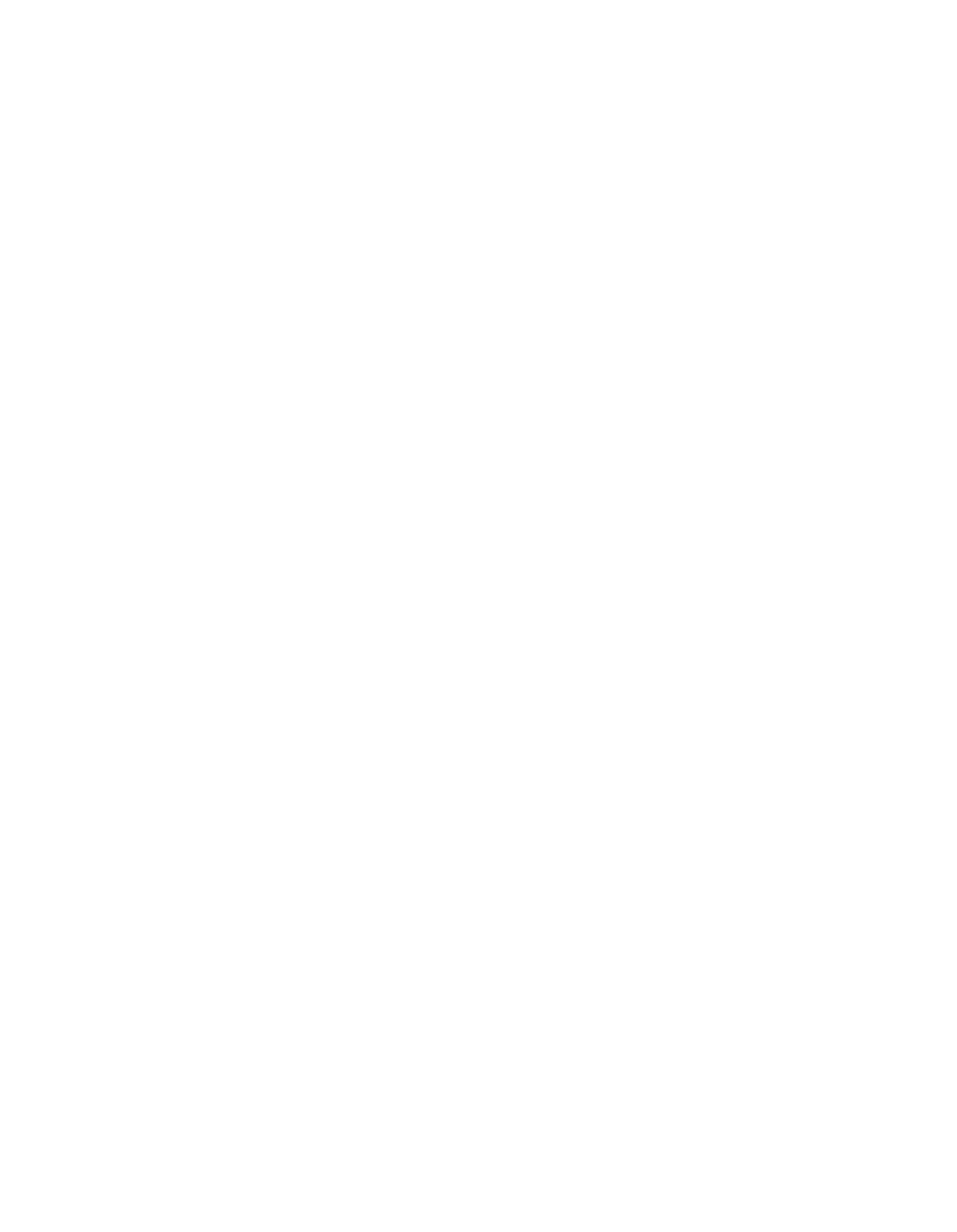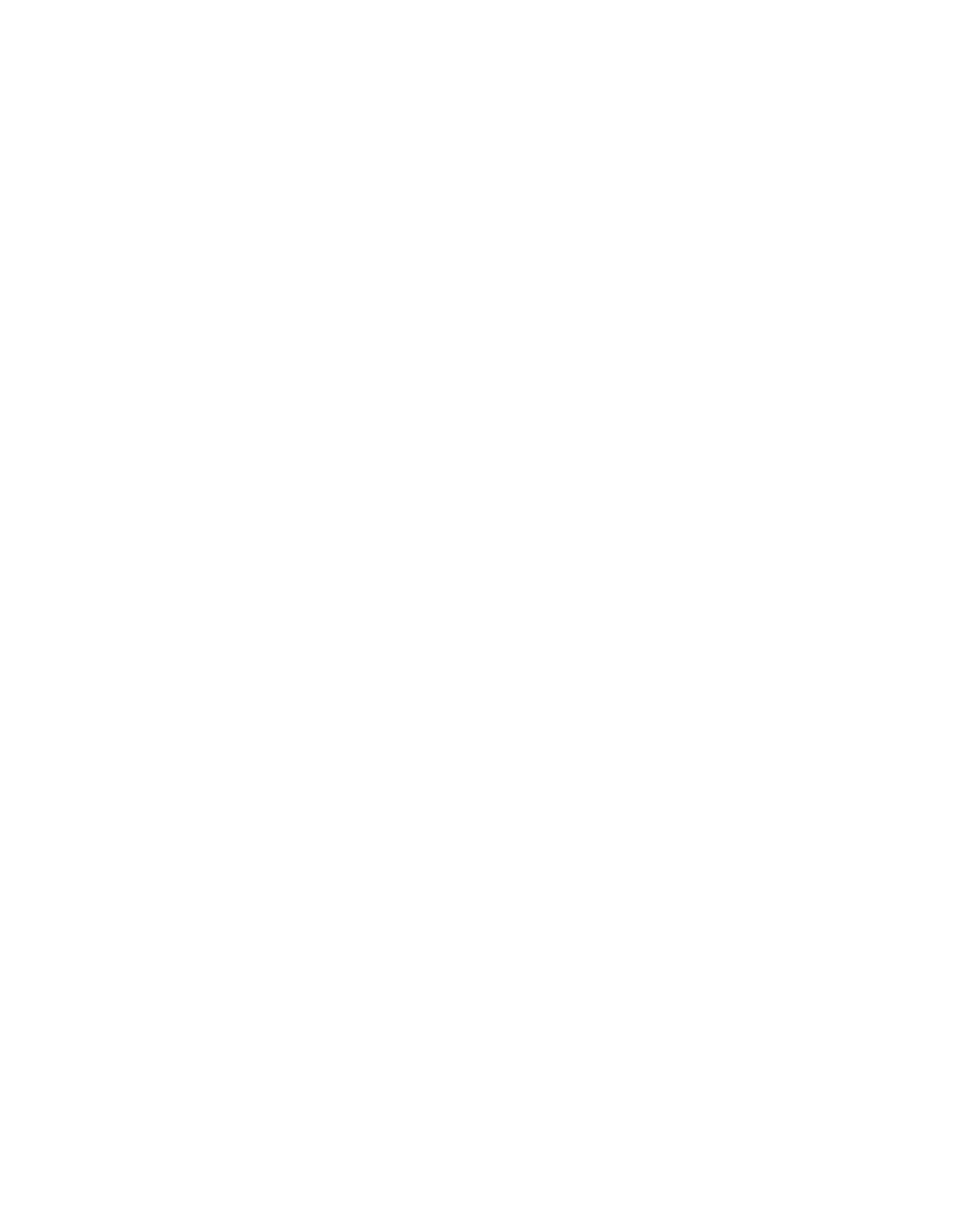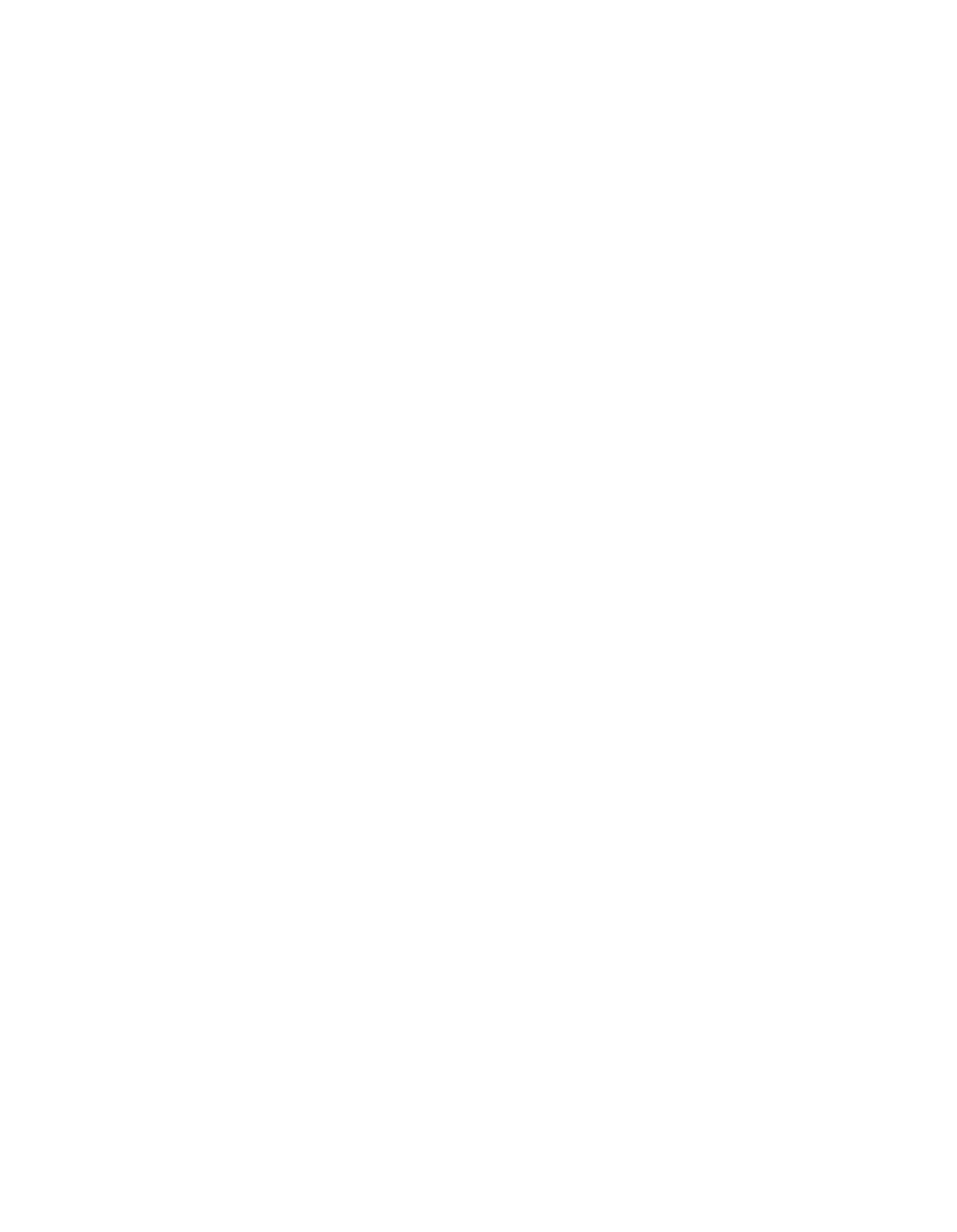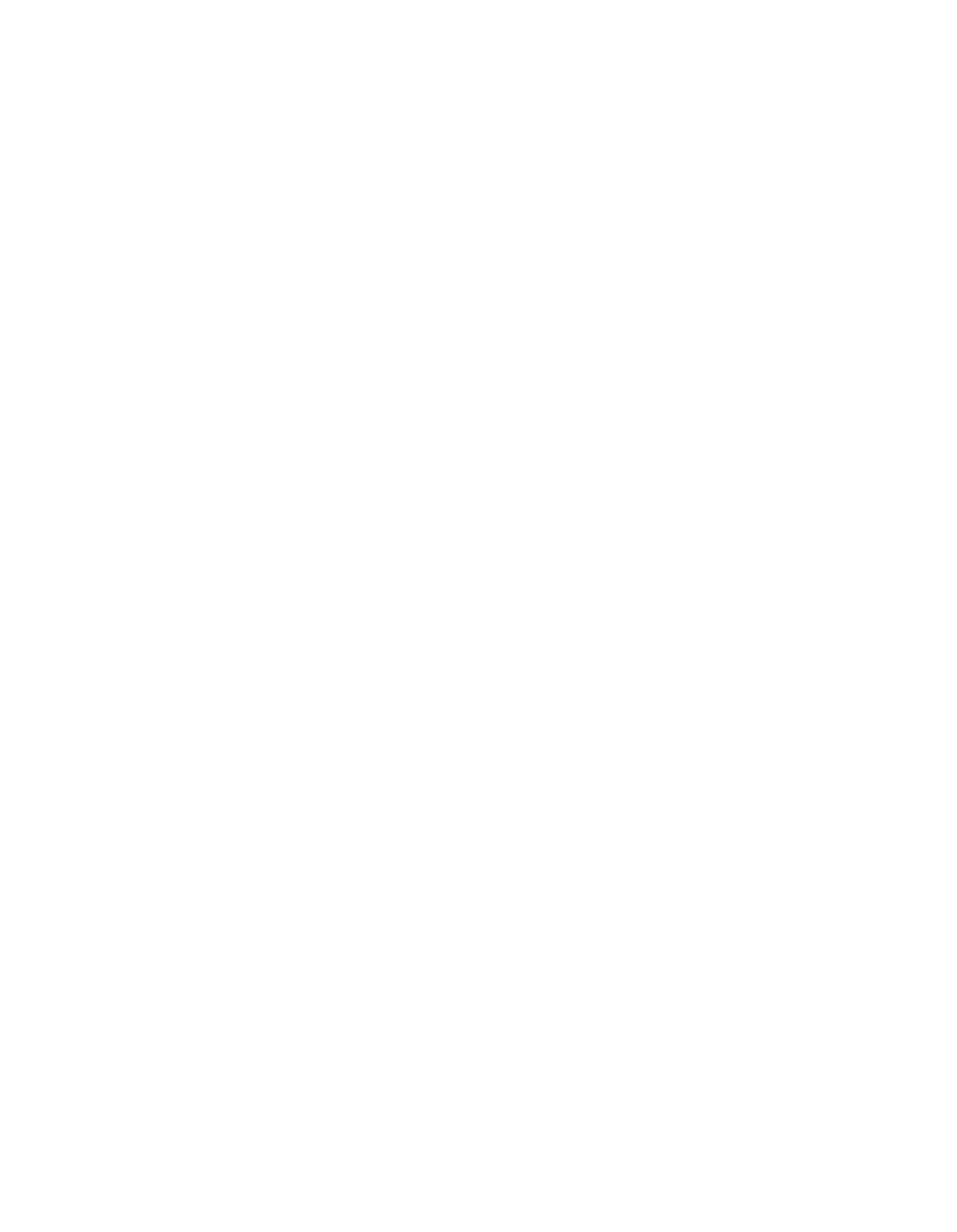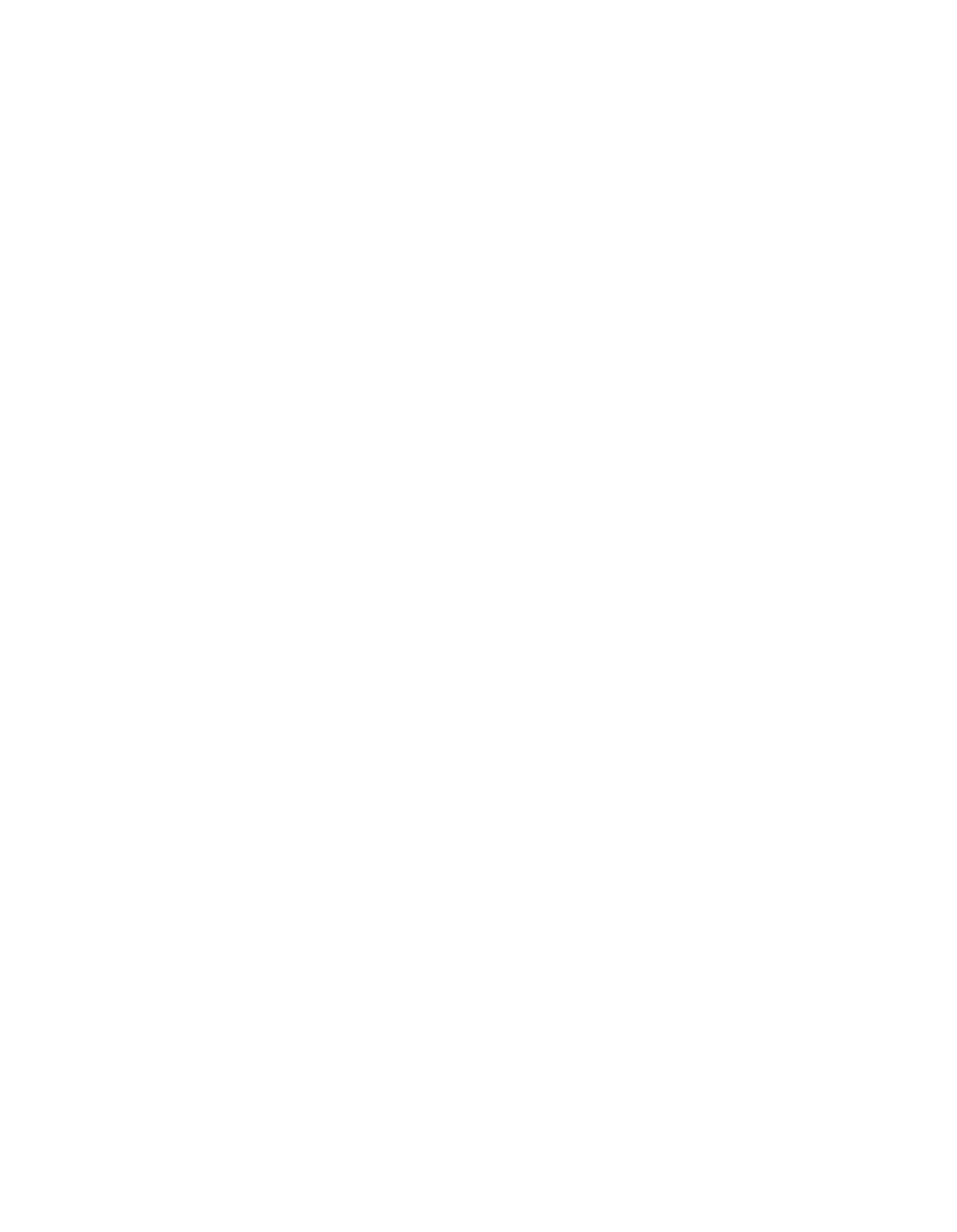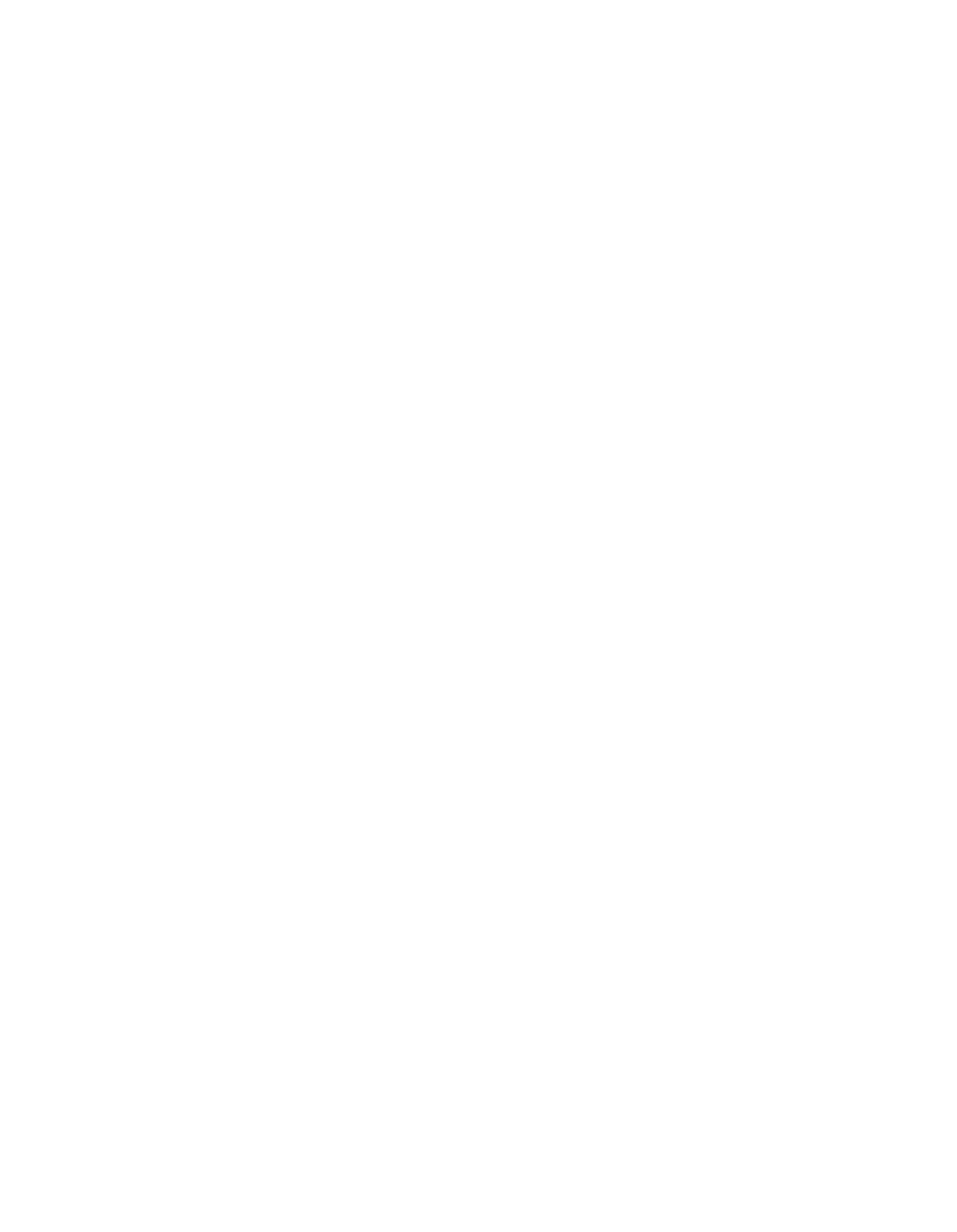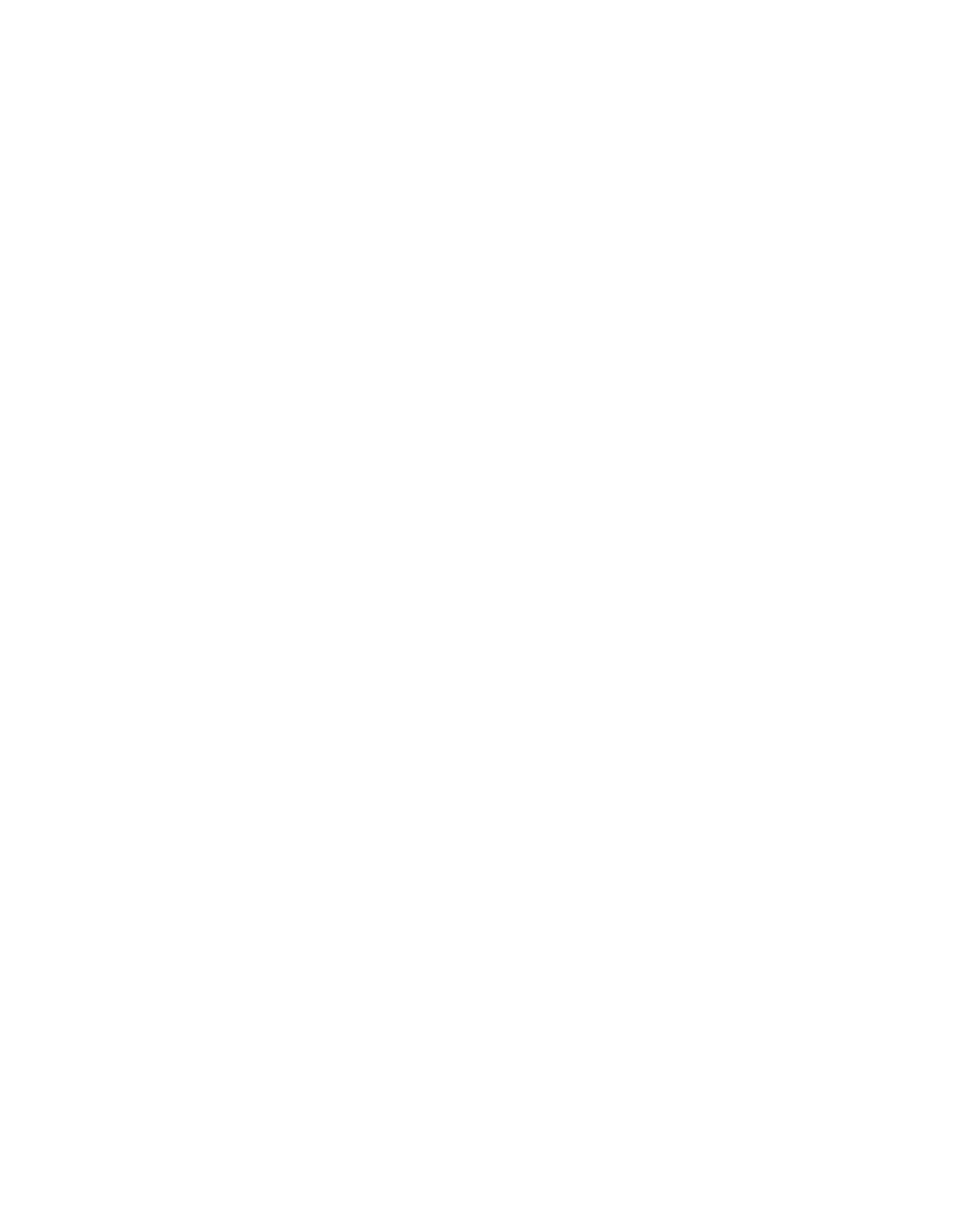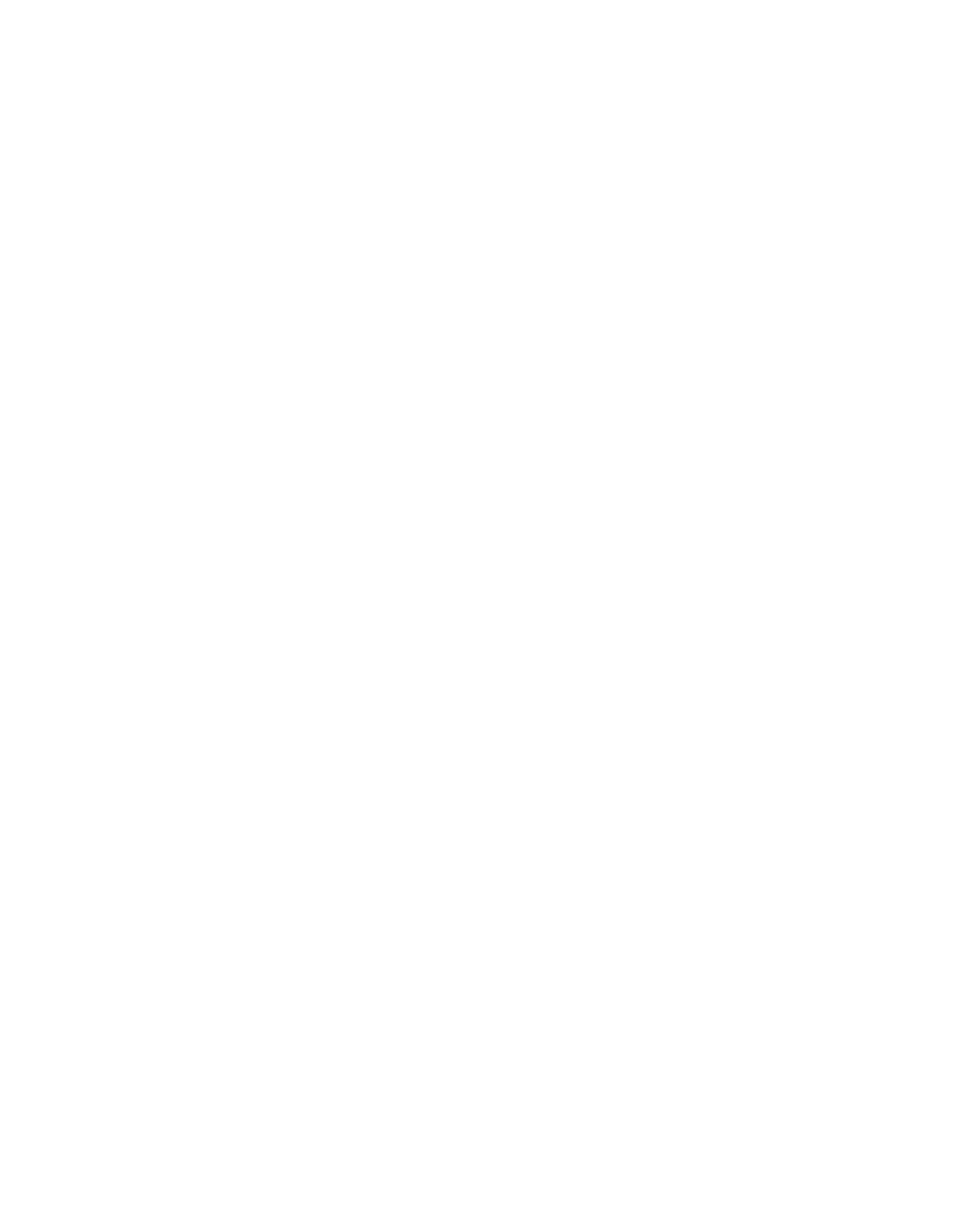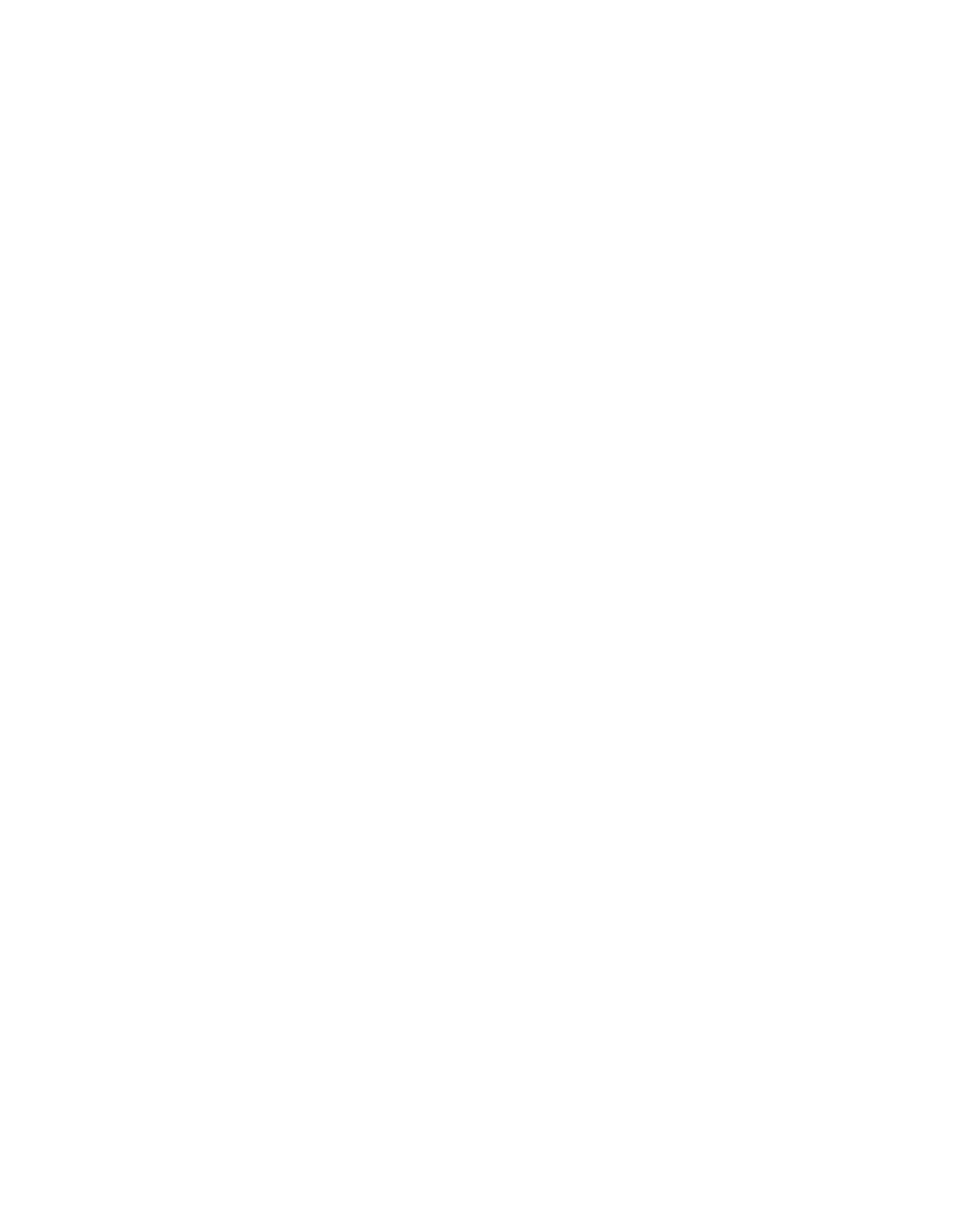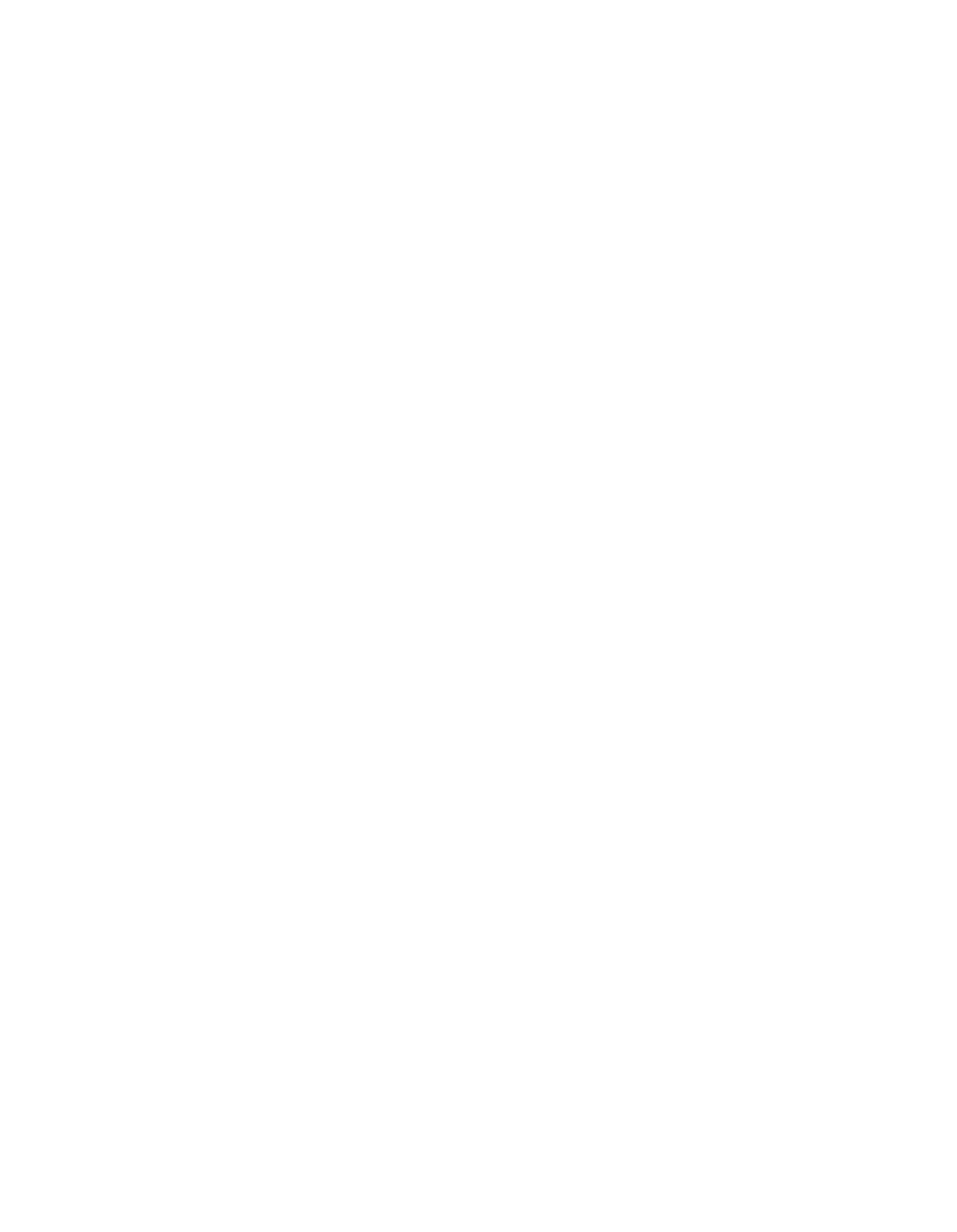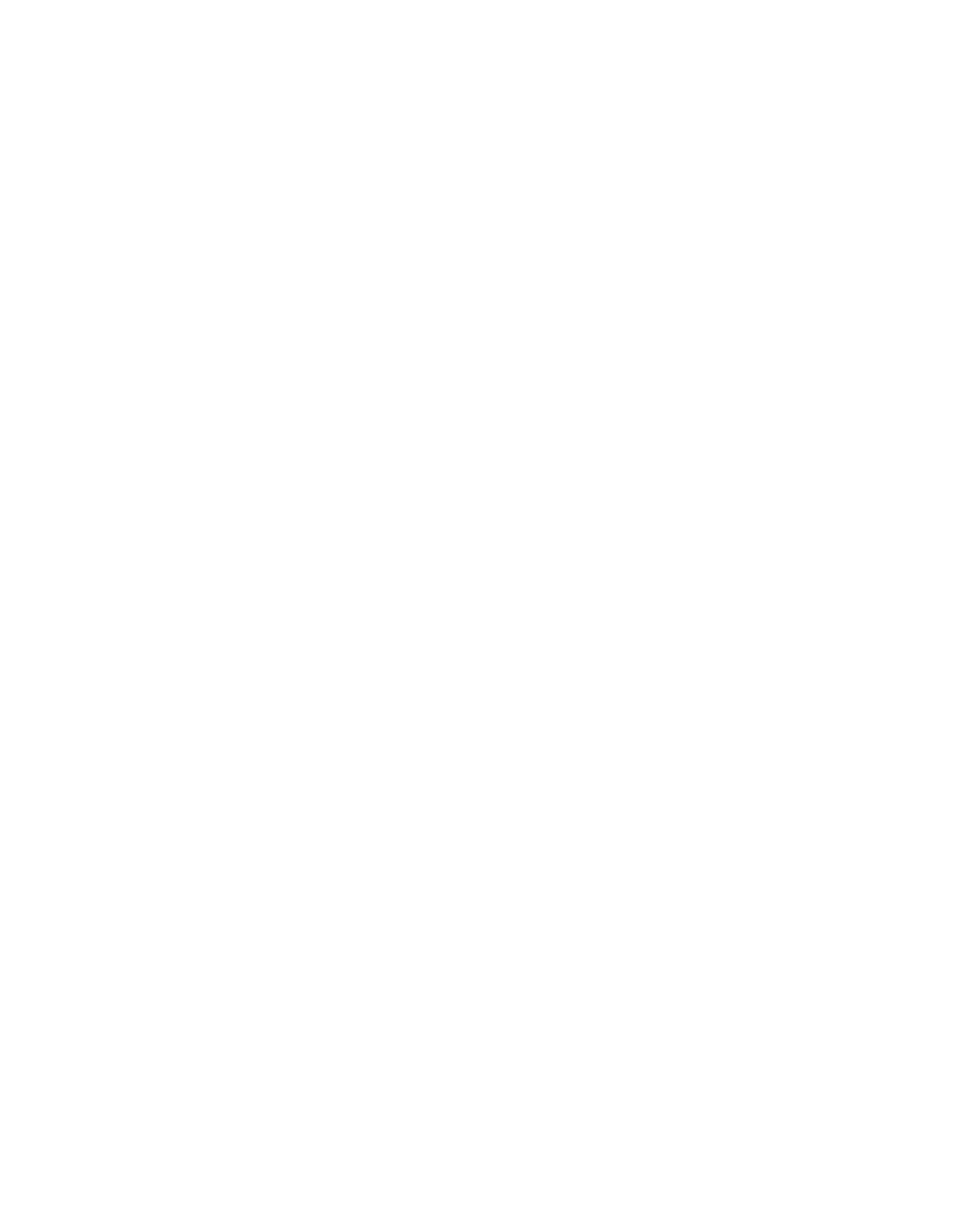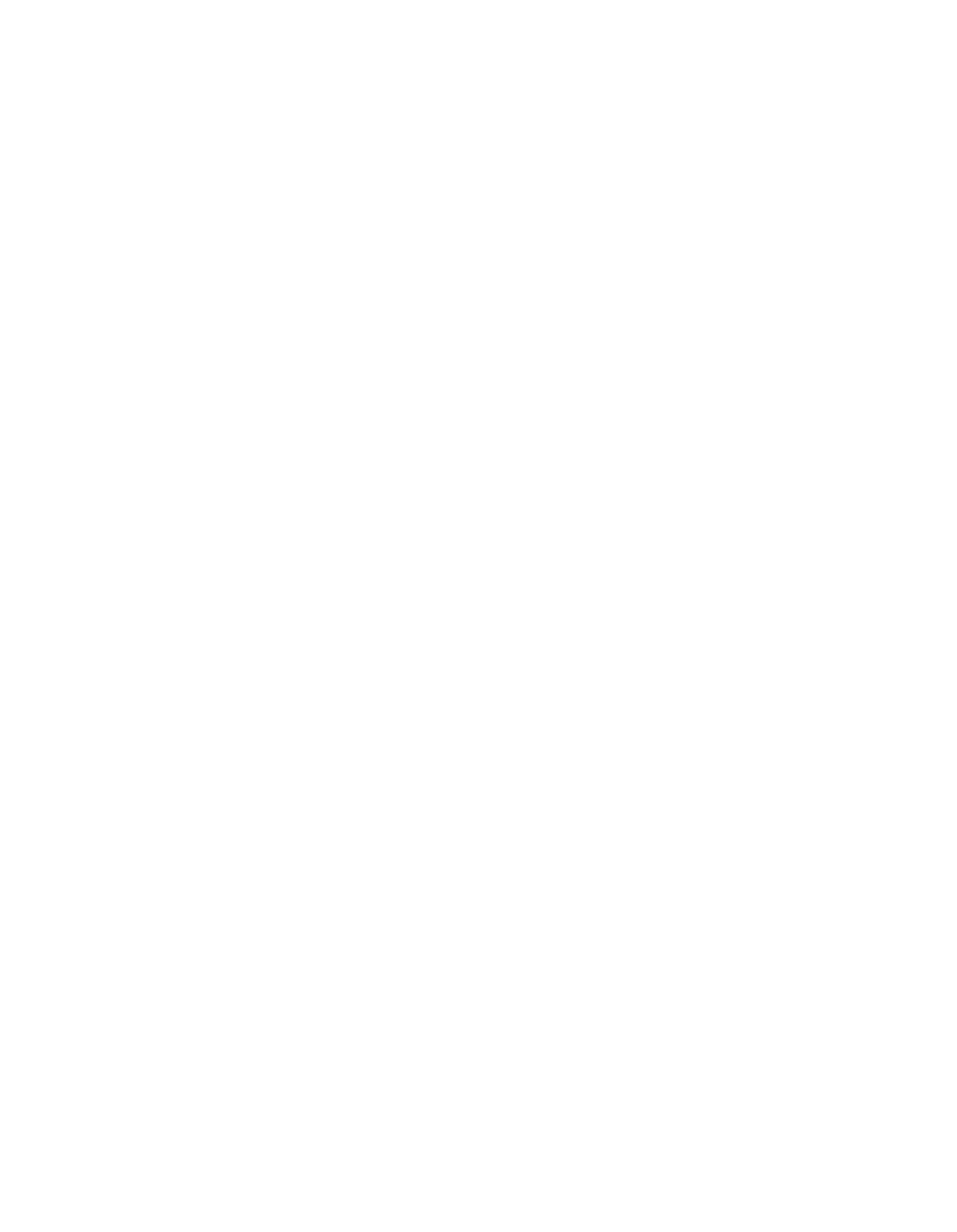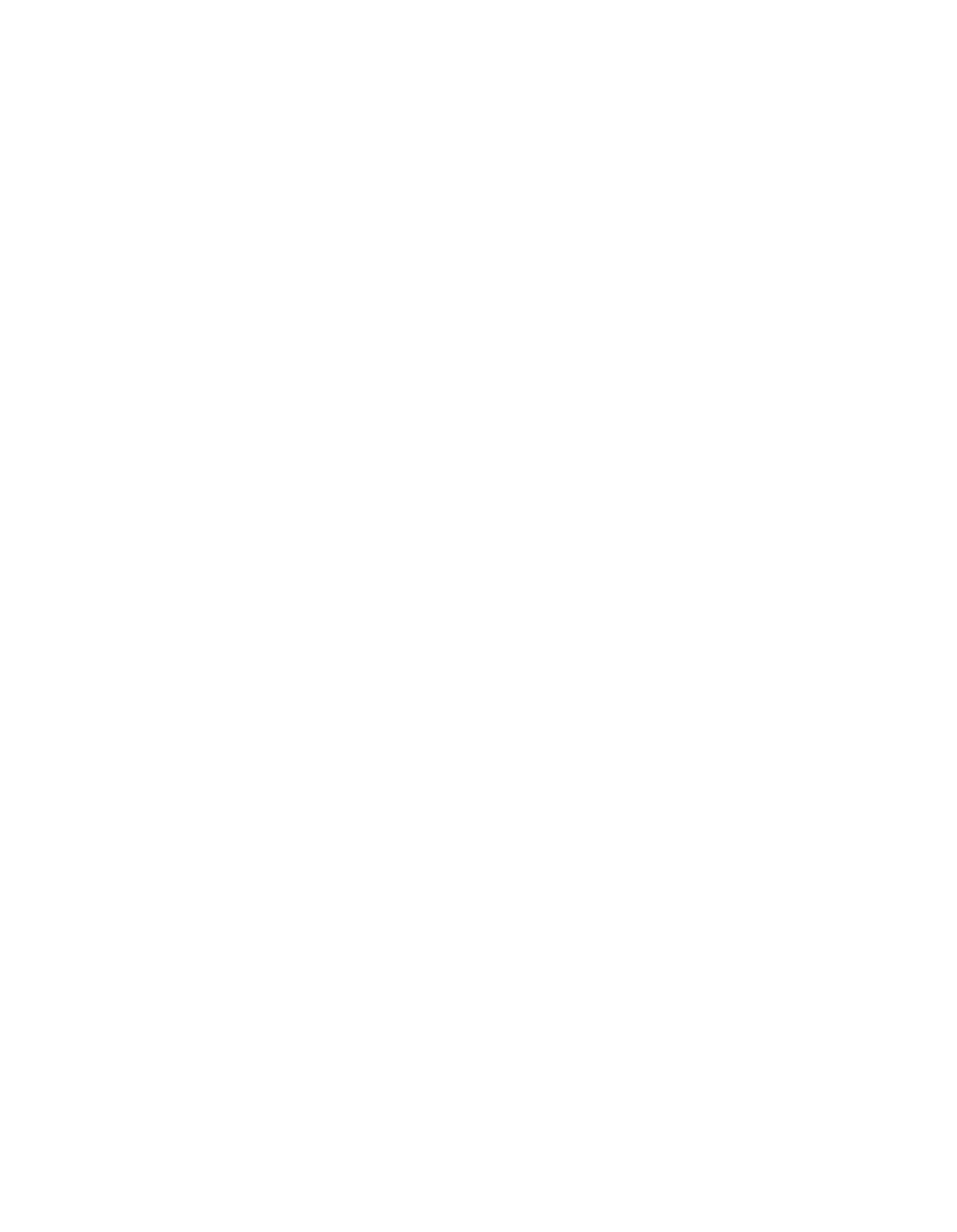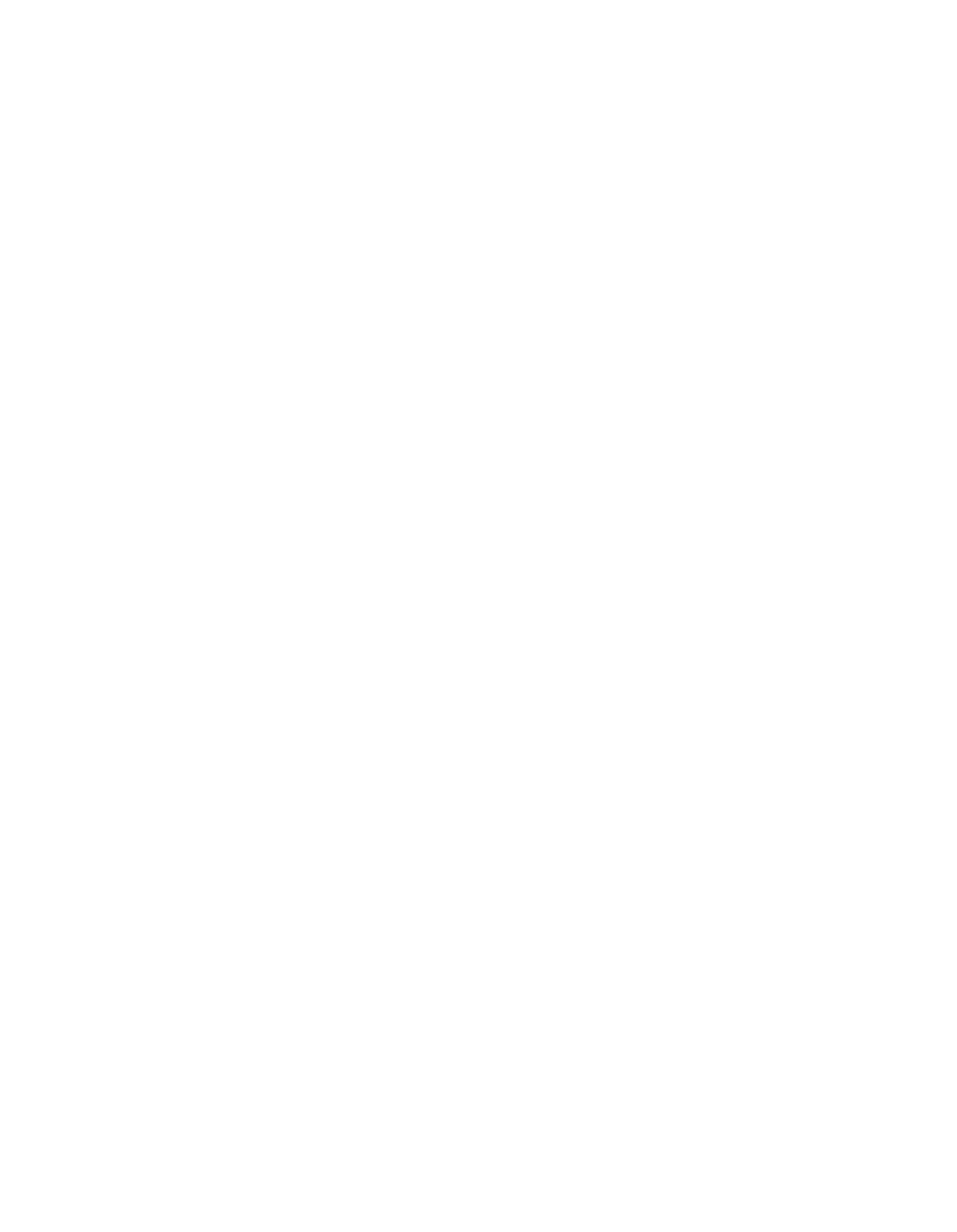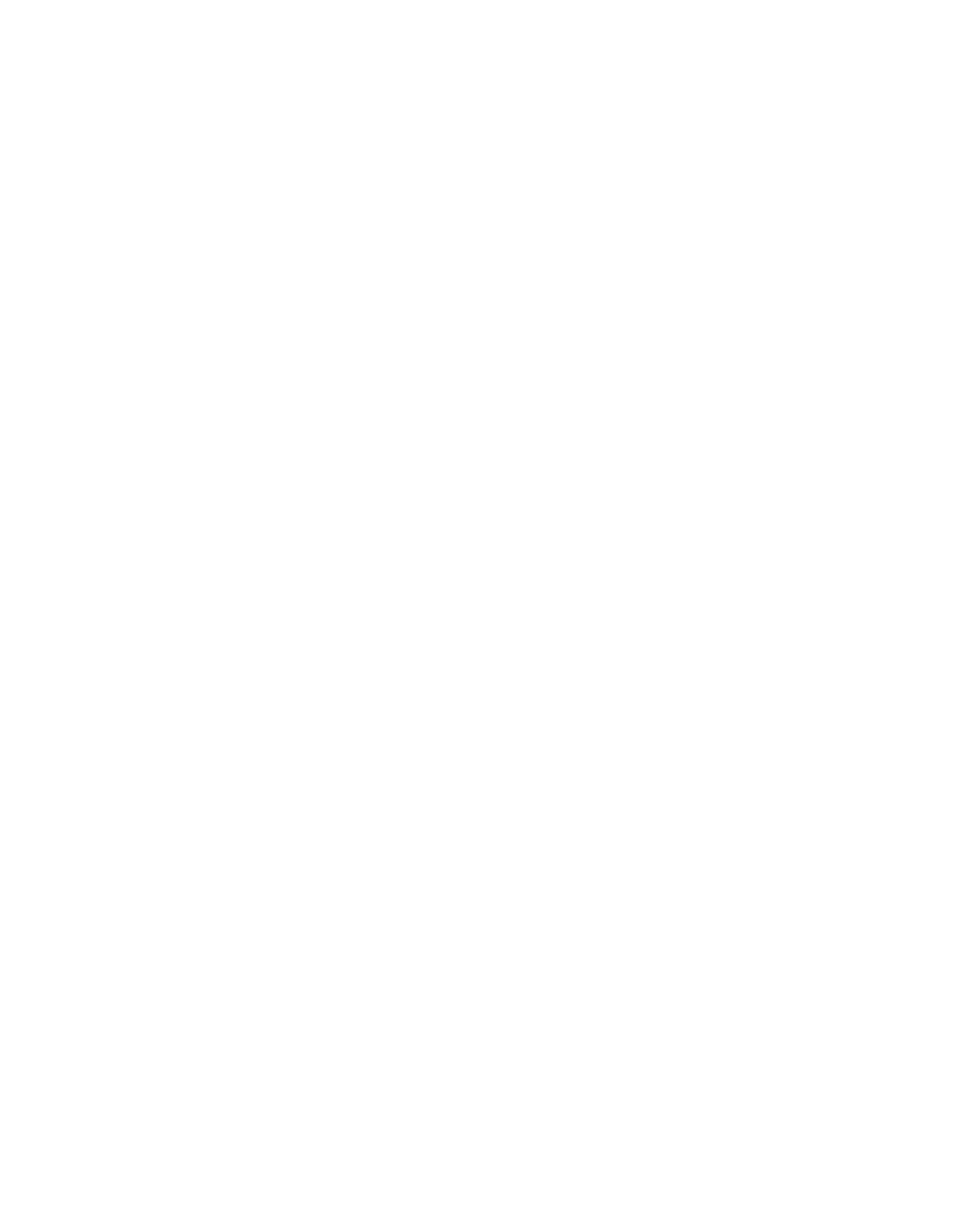ILLINOIS POLLUTION CONTROL BOARD
July 22,
1993
IN
THE MATTER OF:
OMNIBUS CLEANUP OF THE VOLATILE
ORGANIC MATERIAL RACT RULES
)
R93-9
APPLICABLE TO OZONE NONATTAINMENT
)
(Rule Making)
AREAS:
AMENDMENTS TO 35 ILL.
ADM.
CODE PARTS
203,
211,
218 AND 219.
PROPOSED RULE.
SECOND NOTICE.
OPINION OF THE BOARD
(by
B.
Forcade):
On March
16,
1993,
the Illinois Environmental Protection
Agency
(Agency)
filed this proposal for rule making.
The
proposal represents one part of Illinois’
submittal of a complete
state implementation plan
(SIP).
Pursuant to section
182(a)
of
the Clean Air Act
(CAA), as amended in 1990,
Illinois was to
adopt and submit its plan by November
15,
1992.
The Board
adopted the first notice opinion and order
in this proceeding
without comment on the substance of the rule on March 25,
1993.
The proposed amendments were published in the Illinois Register
on April
9,
1993,
at
17
Ill.
Reg.
4782
(Part 211),
17 Ill.
Reg.
4898
(Part 203),
17
Ill. Reg.
4905
(Part 218)
and 17
Ill. Reg.
5169
(Part 219).
A correction to the proposed rules,
adding some
pages of the proposal that were omitted from the initial
publication, was published in the Illinois Register on April
23,
1993,
at
17
Ill. Reg.
6520 (Part 218) and 17 Ill.
Reg.
6539
(Part
219)
The Board’s responsibility
in this matter arises from the
Environmental Protection Act
(Act) (415 ILCS 5/1 et. ~g.
(1992)).
The Board is charged therein to “determine, define and implement
the environmental control standards applicable
in the state of
Illinois.”
(415 ILCS 5/5(b)(1992).)
More generally, the Board’s
rule making charge is based on the system of checks and balances
integral to Illinois environmental governance:
the Board bears
responsibility for the rule making and principal adjudicatory
functions,
whereas the Agency
is responsible for carrying out the
principal administrative duties.
The latter’s duties include
administering the regulations that are today proposed for
amendment.
This proposal was filed pursuant to section 28.5 of the Act.
(415 ILCS 5/28.5
(1992).)
Pursuant to the provisions of that
section the Board is required to proceed within the set timetable
toward the adoption of the regulation.
The Board has no
discretion to adjust this timetable under any circumstances.
The Board held two hearings
in this matter pursuant to
section 28.5 on May
7,
1993 and June
4,
1993.
The Agency did not
request
a third hearing
in this matter.
The record in this
2
proceeding was closed on June 22,
1993,
14 days after the receipt
of the transcript from the June 4,
1993,
hearing.
Today the
Board,
by a separate order, acts to send this proposal to second
notice under the Illinois Administrative Procedure Act.
The Board notes that on May 20,
1993,
an emergency rule was
adopted to amend section 219.586(d).
(In the Matter of:
Emergency
Rule Amending the Stage II Gasoline Vaior Recovery Rule
in the
Metro—East Area,
35 Ill. Adm.
Code 219.586(d),
(May 20,
1993),
R93-l2.)
The emergency rule extended the compliance deadline for
facilities that commenced construction after November
1,
1990.
The compliance date was extended from Nay
1,
1993 to October
1,
1993.
This emergency rule became effective on May 24,
1993,
and
will expire on October 21,
1993.
DISCUSSION
The proposed regulation amends Part
203,
“Major Stationary
Sources Construction and Modification,” Part
211,
“Definitions
and General Provisions,” Part 218,
“Organic Material Emissions
Standards and Limitations for the Chicago Area” and Part 219,
“Organic Material Emission Standards and Limitations for the
Metro East Area.”
Parts 218 and 219 meet the
CAA
requirement
for states to submit a revision to the SIP that includes
corrections to existing reasonably available technology
(RACT)
rules controlling emissions of volatile organic materials
(VOM)
in ozone nonattainment areas.
The United States Environmental
Protection Agency
(USEPA) has found these rules approvable
contingent on certain corrections.
The proposal makes the
changes required for USEPA approval.
The Agency has also
proposed other changes to correct errors and areas of
awkwardness.
Inclusion of Parts 203 and 211 are necessary to
make the SIP submittal complete.
Changes to the proposed regulation were suggested at the
hearings and in comments submitted to the Board.
The Board will
first summarize the testimony presented at hearing and the
comments submitted to the Board.
Details of the proposed changes
will be discussed later in the opinion, section by section.
The Agency presented testimony in support of the proposal at
the May 7,
1993 hearing from Mr. Christopher Romaine of the
Agency.
Mr. Romaine is the Manager of the New Source Review Unit
of the Permit Section of the Division of Air Pollution Control.
He notes that the USEPA has indicated approval of Parts 218 and
219 contingent on the State making certain corrections.
The
proposal
is intended to accomplish all the necessary changes and
address USEPA’s concerns.
He notes that the majority of changes
involve grammar, punctuation,
choice of wording,
and proper
regulatory format.
(Tr.
at
15.)
In the proposal,
the Agency
altered the use of the terms “plant”,
“source”,
“unit” and
3
“facility”
to make the use of these terms consistent with the air
programs.
(Tr. at
16.)
“Source” is used to refer to the entire
site or complex.
(Tr.
at
16.)
A “unit” refers to a piece of
equipment or specific activity that is subject to an actual
emission limit.
(Tr. at
16.)
The Agency notes that the use of
these terms
is consistent with the Clean Air Act.
(Tr.
at
19.)
The definitions previously contained in Parts 218 and 219 have
been moved to Part
211.
(Tr. at 20.)
Each definition has been
given its own section number.
(Tr. at
21.)
The Agency also presented an errata sheet at the hearing
indicating corrections to be made due to errors and omissions in
the proposal.
(Exh.
1.)
The errata sheet also added the
citations for the Boiler and Industrial Furnace
(BIF) and
Resource Conservation Recovery Act
(RCBA) rules to sections
218.429(g) and 219.429(g).
(Tr.
at
13
& 24.)
The Agency also
added the words “federally enforceable permit”
to subparts PP,
QQ, RR and TT of Parts 218 and 219.
(Tr.
at 13
& 24.)
The Board
will make the changes to the proposal as indicated on the errata
sheet.
Mr. Jerry Ledwig on behalf of the Illinois Environmental
Regulatory Group
(IERG) testified in support of the proposal at
the June 4,
1993 hearing.
He noted that the informal
negotiations prior to the filing of the proposal resulted in the
initial issues of controversy being discussed and resolved.
(Tr.
at 48.)
He recommended changes to several sections of the
proposal mainly for the purpose of clarification.
IERG notes
that in sections 218.986 and 219.986, newly added subsections
(d)
and
(e)
need to be referenced
in the general language of these
sections.
(Tr.
at
51.)
Similarly,
reference to subsection
(C)
needs to be included in the general language of 218.966 and
219.966.
(Tr.
at 51.)
At hearing the Agency stated that it was in agreement with
the corrections and additions presented by IERG.
(Tr. at
57.)
However, the Agency proposes that the Board not accept the
addition of an omitted word to section 219.103.
(PC 9 at
3.)
The
Agency contends that section 219.103
is not open in this docket
and any change would require the Board going back to First
Notice.
(PC 9 at 3.)
IERG filed a post-hearing comment stating
that it agreed with the Agency and agreed to the postponement of
this correction.
(PC 13 at
1.)
The Board will not adopt the
correction proposed by IERG to 219.103 but leaves this correction
to be made in another proceeding.
The Board will add the word
“Environmental”
to section 218.103(a).
The Board has received
13 comments
in this matter.
Comment
#1
is from the Department of Commerce and Community Affairs and
notes that the department has determined that the proposal will
not have
a negative impact on small business.
Comment #2
is from
Spectrulite Consortium
(Spectrulite)
and notes
a typographical
4
error
in section 219.211(c) (2)
.
Comment #3
is from the Code
Division of the Secretary of State’s Office and notes errors and
changes to be corrected prior to second notice.
The Board will
make the corrections recommended by the Secretary State’s Office.
Comment #4
is from the James River Paper Company Inc., Handi-Kup
Division
(Handi-Kup)
and recommends a modification to section
218.980(e)
for clarification.
Comment #5 is from the Society of
Plastics Industry (SPI)
and requests clarification of section
218.980(e).
Comment #6 was filed by the American Automobile
Manufacturers Association
(AAMA).
AAMA suggests modifications to
several definitions and other sections of the proposal.
(PC 6.)
The Board also received comments from Bennett Industries
(PC
7) and the City of Chicago
(PC 8)
supporting the proposal as
submitted by the Agency.
The Agency filed its comments on the
proposed changes and included a listing of the changes
it
recommends to the proposal.
(PC 9.)
R.R. Donnelley
& Sons
(Donnelley)
and the Printing Industries of Illinois and Indiana
(P11)
filed comments on the notice requirements found in sections
218.105 and 219.105.
(PC
10.)
Clear Lam Packaging,
Inc.
(Clear Lam) which operates
a
facility in Elk Grove Village,
Illinois,
filed a comment urging
consideration of alternatives to line—by—line capture efficiency
testing.
(PC 11.)
Clear
Lain argues that line-by-line testing
will interfere with production and that the testing is costly.
(PC
11 at 2.)
Clear Lam notes that the USEPA is studying
alternate capture efficiency methods.
(PC 11 at 4.)
Clear Lam
suggests adopting a compliance date consistent with federal
requirements to at least July 1,
1993,
and thereafter as
extended.
(PC 11 at 4.)
Minnesota Mining
& Manufacturing Company
(3M), which
manufactures pressure sensitive tapes and adhesives at a facility
in Bedford Park, Illinois,
filed
a comment suggesting additional
consideration of the capture efficiency protocols.
(PC 12.)
3M
urges consideration of alternatives to line—by—line capture
efficiency testing.
(PC 12 at 3.)
3M notes that additional
discussion with the Agency is needed in this area.
(PC
12 at 4.)
3M further notes that it may be necessary to pursue relief
in a
separate proceeding at a later date.
(PC
12 at
4.)
The Board notes that neither Clear Lam nor
3M presented
alternate language for testing requirements.
As noted by 3M this
is a concern that requires additional discussion between the
regulated community and the Agency.
Therefore, the Board will
proceed with the language as proposed by the Agency and leave any
modification for future rule makings or a separate proceeding.
The Board notes that comments 9 through
13 were filed with
the Board on the last day of the comment period.
These comments
were timely filed and will
be considered by the Board.
However,
5
because these comments were filed at the end of the comment
period,
other interested parties, especially the Agency,
are
unable to comment on the issues raised
by
these comments.
The
Board also notes that many of the comments raise issues that were
not previously presented at hearing.
The Board maintains that
the rule making process works best where all aspects of
a
particular
issue are addressed on the record.
Therefore,
the
Board encourages the filing of comments early
in the comment
period.
The Board also strongly suggests that issues be raised
at hearing and not during the comment period, whenever possible.
The participants
in this proceeding were in general
agreement with the proposal.
Many of the changes are the result
of drafting or typographical errors.
The Board will make these
changes as requested but will not list these minor changes in the
opinion.
For the most part,
in areas where there was
disagreement,
an agreement was worked out between the parties.
Many of the changes recommended are minor and need not be
listed
in this opinion.
However, the Board will note some of the
more substantial changes but will not discuss these changes.
Sections 211.370,
211.3090,
211.3110, 211.3130 and 211.3150 were
rearranged and renumbered so that the sections are in
alphabetical order.
Sections 218.926(c),
218.946(b),
218.966(b)
and 218.986(c)
provide for approval of alternate control plans by
the Agency and approval by the USEPA as a SIP revision.
Approval
through a “federally enforceable permit” was added to these
sections.
The same language was also added
in the related
sections
in Part 219.
A paragraph of the exemptions for the
control requirements
in subparts PP, RR and
QQ
of both Parts 218
and 219 was added in each subpart.
The exemption for all
subparts was previously only found
in subpart TT.
The Agency opposes some of the changes to the definitions
contained in Part 211 recommended by AANA.
For some definitions
the Agency has proposed alternate language to address the
concerns presented by AAMA.
AAMA has also suggested changes to
Parts
218 and 219 regarding compliance dates,
exemptions, record
keeping and reporting.
The Agency opposes these changes.
AANA
also asks the Board to allow for reconsideration
of measurement
protocols found
in section 218.105 should USEPA
issue final
guidance or final rules
in this area.
Donnelley and P11 recommend removing the USEPA from the
notice and approval requirements found in 218.105 and 219.105.
Donnelley also notes that 219.105(c) (1) (B)(ii)
applies only to
its facility in Chicago and therefore,
should not be included in
the regulations pertaining to the Metro-East area.
Donnelley and
P11 contend that the term “construction” should
be deleted from
the phrase “federally enforceable construction permit”
in
sections 218.402(a) (2) and 219.402(a) (2).
The Board will delete
the term “construction”
as requested because this term was
6
deleted from similar sections in the proposal.
The other issues
presented by Donnelley and P11 are discussed later
in the opinion
under the relevant section.
The discussion following
is
a section by section analysis of
the significant changes recommended as well as a discussion of
the areas
in contention.
PART 211
Section 211.610
AAMA contends that the definition for “automobile”
is too
broad and proposes adding “which has four wheels,
is used
predominately for carrying less than 12 passengers and is not a
light-duty truck” to the definition
in the proposal.
(PC 6 at 2.)
AAMA notes that without this additional language the definition
could include trucks or motorcycles.
(PC 6 at 2.)
The Agency agrees with AAMA’s modification to this
definition but recommends further refinement to include three
wheel vehicles.
(PC 9 at 6.)
The Agency further recommends that
“12 or fewer” be used to designate the passenger capacity of the
vehicle.
(PC 9 at 6.)
The Board will modify this definition in accordance with the
recommendation presented by AANA as modified by the Agency.
Section 211.630
AAMA requests that the word “eventual” be deleted from this
definition.
(PC 6 at
2.)
AAMA notes that the definition as
proposed would draw into the regulatory scheme all parts
manufacturing operations, which may be already regulated
elsewhere.
(PC 6 at 2.)
The Agency is
in agreement with this proposed change
(PC 9
at
6)
and the Board will make the change as requested.
Section 211.690
AAMA notes that the definition of “day”
in the proposed
amendments
is not consistent with the definition of “day” found
in the Federal Model RACT Rules.
(PC 6 at
3.)
The proposal
defines “day” as “the consecutive
24 hours beginning at 12:00
a.m.
(midnight)
local time.”
(PC
6 at 3.)
The Federal Model PACT
Rules define “day” as
“a period of 24 Oonsecutive hours beginning
at midnight local
time,
or beginning at
a time consistent with a
facility’s operating schedule.”
(PC 6 at 3.)
7
AAMA contends that emissions or compliance calculations
conducted by industries which operate on shifts may have to be
prorated
if the shift is not completed by the end of the 24 hour
period.
(PC 6 at
3.)
The need to prorate such calculations can
be avoided if “day”
is defined consistently with the facilities
operating schedule.
(PC 6 at 3.)
The Agency suggests alternative language for the definition
of day.
(PC 9 at 7.)
The Agency notes that the definition should
be limited to Parts
218 and 219 and procedures added to maintain
enforceability.
(PC
9 at 7.)
The Agency proposes the following
language:
“Day” means for purposes of Part 218 or Part 219, the
consecutive 24 hours beginning at 12:00 a.m.
(midnight)
local time or beginning at a fixed time consistent with
the source’s operating schedule,
as provided below.
A
source may use a day beginning at a time other than
midnight which
is consistent with its operating
schedule provided that the owner or operator of the
source first notifies the Agency in writing of such
alternative,
describing why it would be more reasonable
to maintain records on this basis.
The owner or
operator shall notify the Agency in writing prior to
any change in the time at which a day begins.
(PC 9 at 7.)
The Board will accept the proposed language submitted by the
Agency.
Section 211.1930
AAMA contends that the proposed definition of emission rate
is too narrow and restricts the source owner or operator to
hourly emission rates.
(PC 6 at 4.)
AAMA requests that “one-
hour”
be replaced with “in a particular time period”
in the
following definition:
“Emission rate” means,
if not otherwise stated
in a
specific provision,
the total quantity of a particular
specified air contaminant discharged into the
atmosphere
in any one-hour period.
For example,
if not
otherwise specified in
35
Ill. Adm.
Code 218 or 219,
emission rate means the total quantity of volatile
organic material discharged into the atmosphere in any
one—hour period.
(PC 6 at
4.)
AAMA
contends that this change will allow the use of other
emission measurement time—frames.
(PC 6 at
4.)
8
The Agency opposes this change and considers the change
unnecessary.
(PC
9 at 8.)
The Agency contends that the
definition does not limit the time period for measurements to
a
one—hour period and that the time period for measurements
is
controlled by testing and monitoring methodology.
(PC 9 at 8.)
The Agency also maintains that the change would damage the
enforceability of existing emission standards where a compliance
time period is not explicitly stated.
(PC
9 at 8.)
The Agency
notes that the USEPA has found the changes as proposed by the
Agency acceptable.
(PC
9 at 9.)
The Board finds the change as suggested by AAMA unnecessary
and therefore will not make the suggested change.
Section 211.2210
AAMA requests that “exposure to high impact” be added to the
definition of “extreme performance coating” in the proposal.
(PC
6 at 4.)
AAMA contends that this addition is consistent with
USEPA’s original CTG for miscellaneous metal parts coatings.
(PC
6 at 4.)
AAMA notes that the bumper of the automobile receives
a
coating to protect it from high impact and that this coating
should be recognized as an “extreme performance coating.”
(PC
6
4.)
The Agency opposes the change to this definition proposed by
AANA.
(PC
9 at 9.)
The Agency notes that coatings applied to
automobiles already qualify as “extreme performance coatings.”
(PC
9 at 10.)
Further, the Agency notes that there are no
standard approaches to distinguish high impact and that the tJSEPA
has not recognized “exposure to high impact” as a distinct
criterion.
(PC 9 at 10.)
The Board will not add “exposure to high impact” to the
definition of “extreme performance coating” as this term is not
defined
in the regulation.
Section 211.4870
IERG proposes deleting the word plant from the definition of
“polystyrene plant” and proposes a new definition.
(Tr.
at 49.)
IERG suggests the following definition:
“polystyrene plant means
any collection of process units and associated storage facilities
at a source engaged
in using styrene to manufacture polystyrene
resin.”
(Tr.
at 49.)
The Agency
is
in agreement with the change
in definition
suggested by IERG
(PC 9 at
4)
and the Board will make this change
to the proposal.
9
Section 211.6310
AA141~. suggest that the definition of “start-up” be modified
to exclude trial functioning
or cycling of equipment of
facilities for the purpose of alignment,
checking leaks,
the
setting of parameters,
“debugging”
etc.,
as part of the start—up
process and should only include start-ups for the purpose of
producing saleable items.
(PC
6 at 5.)
AAMA requests that the
following definition
be adopted:
“Start—up” means the setting in operation of a source
or of its control or emission monitoring equipment for
the purpose of or
in connection with the production of
products, but excludes brief periods of operation for
the purpose of functioning, aligning or optimizing
equipment performance, and excluding delay that is
beyond the reasonable control of the owner or operator.
(PC
6 at 5.)
The Agency opposes the change to the definition of “start-
up”.
(PC
9 at 10.)
The Agency notes that the only change
in this
definition was the substitution of
“emission unit” for “emission
source”.
(PC
9 at 10.)
The Agency argues that the proposed
change could be broad, reaching beyond the automobile industry
and such implications have not been addressed in this proceeding.
(PC 9 at 10.)
The Board finds that the implications of the change proposed
by AAMA have not been fully addressed in this proceeding and that
the record does not support the change in definition.
Therefore,
the Board will not make the proposed change.
Section 211.6550
IERG proposed
a change to the definition of “synthetic
organic chemical or polymer manufacturing plant”.
IERG proposed
replacing “chemicals or polymers” with “one or more of the
chemicals or polymers listed in 35
Ill. Adm. Code 215, Appendix
D”.
(Prefiled testimony of J. Ledwig at 3.)
However, after
discussions with the Agency,
IERG notes that it now supports the
definition as proposed.
(Tr.
at 49.)
The Agency lists a change to this section based on IERG
comments.
(PC 9,
Attachment A at 5.)
However,
the change listed
is different than that proposed by IERG.
The Board will not
change this definition because IERG has withdrawn its support for
the change at hearing and supports the definition as proposed by
the Agency.
Section 211.6670
10
AAMA
suggests the definition of “topcoat” be modified to
state what “topcoat”
is, rather than what “topcoat”
is not.
(PC
6
at 6.)
The following alternate definition is proposed:
“Topcoat” is the surface coating applied for the
purpose of establishing the color and/or surface
quality,
including at least one color and zero or
multiple clear coats.
(PC
6 at
6..)
The Agency opposes the proposed change to the definition of
“topcoat”.
(PC 9 at 11.)
The Agency argues that “topcoat”
is
generally recognized as being limited to automobile and light-
duty truck coating.
(PC
9 at 11.)
The Agency questions whether
the definition proposed by AANA distinguishes topcoat from final
repair coat.
(PC
9 at 11.)
The Board will not change the definition of “topcoat.”
The
Board notes that the Agency did not propose any change to the
definition of topcoat, but only moved the existing definition
from section 218.104 and 219.104.
PART 218
Section 218.105
AAMA notes that none of the four protocols for measurement
delineated in section 218.105(c) (2) and Appendix B of Part 218
are reasonably applicable to an automotive coating operation.
(PC
6 at 6.)
On December 29,
1992,
the USEPA published notice of the
availability of draft revised test method protocols at 57
Fed.
Reg.
61897.
(PC
6 at 6.)
AAMA requests the opportunity to move
for reconsideration of this section should USEPA issue final
guidance or final rules incorporating protocol applicable to
automobile coating operations.
(PC
6 at 7.)
The Agency argues that AAMA’s request for an opportunity for
reconsideration is beyond the scope of the proposal and also is
procedurally inappropriate.
(PC
9 at 11.)
The Agency also notes
that it has stated on the record that when there are final test
methods and protocols for measuring capture efficiency,
the
Agency will propose amendments to the appropriate sections.
(PC 9
at 11,
Tr.
at 28.)
The Board denies AANA’s request for an opportunity for
reconsideration of the measuring protocols in section 218.105(c)
if USEPA should issue final guidance or rules.
The Board finds
that any changes
in measuring protocols would need to be
addressed in a new rule making procedure and reconsideration of
adopted rules
is not permitted by the Board’s procedural rules.
11
The Board notes that after the beginning of the second notice
period, no substantive changes can be made to the proposed
regulation,
except in response to objections or suggestions from
the Joint Committee on Administrative Rules.
(35 Ill.
Adra Code
102.343.)
Accordingly,
reconsideration of a regulation after
second notice or adoption is not possible except by filing a
proposal for
a new rule making.
Donnelley and P11 note that 218.105(d) (3) (A)
requires
notification to both the Agency and the USEPA of monitoring
equipment failure and 218.105(d) (3) (D) requires the filing of a
report of the malfunction to both the Agency and the USEPA.
(PC
10 at 2.)
Donnelley argues that requiring notification to two
separate agencies is unnecessary.
(PC 10 at 2.)
They contend
that such notices and reports should only be submitted to the
Agency and that “USEPA” should be deleted from the applicable
sections.
(PC 10 at
2.)
Donnelley and P11 have included an April
29,
1993,
letter
from the Agency supporting the deletion of “USEPA”
from the
notification requirements of sections 218.105(d) (3) (A) and
218(d) (3) (D).
(See PC 10, attachment 1.)
The Board perceives the letter from the Agency as an
indication that the Agency
is in agreement with the deletion of
the term “USEPA” from those required to receive notification
in
the indicated sections of the proposal.
Therefore, the Board
will make this change to the regulation.
Donnelley and P11 also note that approval
is required by
both the Agency and the USEPA in 218.105(c) (1) (B)
(i),
218.105(d) (2) (A) and 218.105(d) (3) (C)
for the use of averaging
times, monitoring equipment,
or operating conditions that are
different than those specified in the regulations.
(PC
10 at
2.)
For example, proposed section 218.105(d) (3) (C)
provides,
“The
period of such adsorber operation does not exceed 360 hours
in
any calendar year without the approval of the Agency and USEPA”.
Donnelley and P11 argue that requiring
a company to obtain two
separate approvals from two independent regulatory bodies is
unduly burdensome and could result in conflicting decisions.
(PC
10 at 3.)
Donnelley and P11 also suggest a revision to allow the
Agency to grant approvals as conditions to new or modified
federally enforceable
state operating permits.
(PC 10 at
3.)
They contend that this would allow for joint agency review
without requiring the regulated community to obtain two separate
approvals.
(PC 10 at
3.)
Donnelley and P11 state that the Agency
has proposed similar amendments.
(PC
10 at
3.)
The Agency has
proposed amending sections 218.926(c),
219.926(c),
218.946(b),
219.946(b),
218.966(b),
219.966(b),
218.986(c)
and 219.986(c)
which initially required approval of alternative control plans by
12
the Agency and “USEPA as
a SIP revision” to now require approval
by the Agency and “USEPA in a federally enforceable permit or SIP
revision”.
Donnelley and P11 assert that this amendment proposed
by the Agency
is similar to the changes requested for section
218.105 and that corresponding changes should be made.
As the Board previously noted, this comment was filed on the
last day of the comment period,
so the Agency has not responded
to the issues raised by Donnelley and P11 regarding approval by
USEPA in sections 218.105.
The Board finds that the language employed in this section
is consistent with permitting requirements found in section 39.5
of the Act and
in other sections of the regulations.
Therefore,
this requirement
is not unduly burdensome.
Section 39.5 of the Act establishes the Clean Air Act Permit
Program.
(415 ILCS 5/39.5
(1992).)
This section gives the Agency
the authority to grant permits providing the USEPA has not
objected to the issuance of the permit.
(415 ILCS 5/39.5(a)
(10)(A)(vi)
(1992).)
Under the permit program, the Agency
provides a copy of the permit application and supporting
information to the USEPA.
(415 ILCS 5/39.5
(a)(9)(A)
(1992).)
The USEPA may object to the issuance of the permit and the Agency
may not issue the permit until the objection has been resolved.
(415 ILCS 5/39.5
(a)(9)(F)
(1992).)
While the contested regulatory language does not state the
form of “approval” from the Agency and the USEPA, the Board
interprets this language, essentially,
as not intended to be
inconsistent with the section 39.5 statutory provisions regarding
the role of the Agency and the USEPA in the issuance of a
federally enforceable permit.
The Agency has not articulated any
other “approval” process than that contemplated in section 39.5
permit issuance.
Therefore,
the Board will not delete the requirement of
USEPA approval from these sections as requested by Donnelley and
P11.
Section 218.106
AAMA requests that the compliance dates be modified as many
of the changes proposed impose requirements on sources not
previously covered by the rules.
(PC
6 at 8.)
AAMA proposes a
deadline of May
5,
1995,
as provided for
in the Clean Air Act.
(PC
6 at 8.)
However,
AANA
notes that the extension should be
conditioned upon the owner or operator demonstrating that the
extension
is necessary due to equipment or process changes needed
to meet the change
in requirements.
(PC
6 at 8.)
In support of
this modification AAMA references the compliance requirements
13
found
in sections 218.105(d) (2) (B)
and 218.211(f) (3).
(PC
6 at
8.)
The Agency notes that it has represented that compliance
with these sections will be expected when the new provisions
become effective.
(PC
9 at 12.)
The Agency opposes changes to
the compliance dates, as such changes would complicate the
section, making
it cumbersome and confusing.
(PC
9 at
12.)
The Board will not extend the compliance dates as
established in the proposal.
Section 218.108
AAMA suggests that the section 218.108 be modified to avoid
the added burden of USEPA approval of any exemptions,
variations
or alternatives from the more stringent requirements.
(PC
6 at
9.)
The Agency notes that this section is not open in this
proceeding and therefore AANA cannot propose changes to the
section.
(PC 9 at 10.)
The Board will not make any changes to this section because
this section
is not open in this proceeding.
Section 218.211
AANA proposes changing the requirement
in section
218.211(f) (3) that daily VON compliance calculations be
maintained “at the source” to “at a easily accessible location.”
(PC
6 at 12.)
AANA believes that this change
is necessary to
account for information retained electronically.
(PC
6 at 12.)
The Agency opposes this change.
(PC
9 at 13.)
The Agency
notes that the intent of this section is to provide an inspector
with access to the records necessary for the inspection.
(PC
9 at
13.)
The Agency argues that the proposed change could interfere
with the ability of the inspector to have access to the records
necessary for the inspection.
(PC
9 at 13.)
The Board will not make the change as requested by AANA.
The Board
finds that the inspections by the Agency could be
limited
if necessary information is not readily available.
AAMA
also proposes that “day”
in section 218.211(f) (4)
be
replaced with “working day.”
(PC
6 at
12.)
This provision
requires the reporting of
a violation by sending a copy of the
record to the Agency within
15 days from the end of the month in
which the violation occurred.
(PC
6 at
12.)
AANA
contends that
while
15 days may appear to provide adequate time,
the loss of
14
time due to weekends or holidays could interfere with timely
reporting.
(PC 6 at
12.)
The Agency contends that this change
is not appropriate.
(PC
9 at 13.)
The Agency argues that prompt notification should
be made regardless of whether the plant
is operating on specific
days.
(PC
9 at 13.)
The Board will not change “day” to “working day”
in this
section.
The Board
finds that the 15 days should provide a
sufficient period of time to report the violation.
Section 218.980
IERG contends that the Agency inadvertently included
“sources” following combustion fuel in section 218.980(e).
(Tr.
at 50.)
IERG maintains that the term should be “units” to remain
consistent with the Agency’s use of the terms.
(Tr.
at 50.)
This section provides an exemption to the control
requirements of Subparts PP,
QQ,
RR and TT for specified sources.
Handi-Kup asserts that under the proposal, blending and
preliminary expansion operations
in the production of polystyrene
foam packaging would no longer be exempt.
(PC
4 at 2.)
Handi-Kup
suggest adding language to this provision to clarify that
“storage and extrusion of scrap where blowing agent
is added to
polystyrene foam resin at the source”
is excluded from the
exemption.
(PC
4 at
3.)
SPI requests clarification of the language of the provision.
(PC
5 at 1.)
SPI also notes that proposals to regulate emissions
at the preliminary expansion (or pre—expansion) stage should be
flexible to allow an owner or operator to select other types
of
pollution or emission controls.
(PC
5 at 2.)
The Agency agrees with the recommendations presented by IERG
and Handi-Kup.
(PC
9 at
3
&
4.)
The Agency notes that its intent
in this rule
is to control blending, preliminary expansion, or
blending and preliminary expansion.
(PC
9 at 5.)
Additionally,
the Agency notes that while this is more stringent than what SPI
would prefer, flexibility
is provided for in the Illinois
regulatory system through the use of adjusted standards or site—
specific rules.
(PC
9 at 5.)
The Board will make the changes noted by IERG and Handi-Kup
to this section but will not make any additional changes to this
section.
Section 218.966 and Section 218.986
IERG requests clarification of the shutdown language
in
sections 218.966(c) (1)
and 218.986(e) (1).
(Tr.
at 53.)
IERG
15
requests the following amendment:
“Repair any component.
unless the leaking component cannot be repaired until the next
process until shutdown,
in which case.
.
.“
IERG also requests
that a compliance date of March
15,
1995,
be added to these
sections.
(Tr.
at
52.)
The Agency has no objection to these amendments
(PC
9 at
3)
and the Board will add the proposed language in the order.
PART 219
Section 219.105
Donnelley and P11 note that 219.105(d) (3) (A)
and
219.105(d) (3) (D) requires notification to both the Agency and the
USEPA of monitoring equipment failure.
(PC 10 at 2.)
Approval
from both the Agency and the USEPA is required by sections
219.105(c) (1) (B) (i)
219.105(d) (2) (A)
and 219.105(d) (3) (C).
(PC
10 at 2.)
Donnelley and P11 argue that requiring notification to
two separate agencies and joint approval
is unnecessary and
unduly burdensome.
(PC 10 at 2.)
They contend that such notices
and reports should only be submitted to the Agency and that
“USEPA” should be deleted from the applicable sections.
(PC
10 at
2.)
They also suggest a revision to allow the Agency to grant
approvals as conditions to new or modified federally enforceable
state operating permits.
(PC 10 at 3.)
This would allow for
joint agency review without requiring the regulated community to
obtain two separate approvals.
(PC 10 at
3.)
The Board notes that these are the same changes that were
recommended for section 218.105.
The Board will make the changes
to this section similar to the changes made to section 218.105.
USEPA will be deleted from the notification requirements found in
sections 219.105(d) (3) (A)
and 219.105(d)(3)(D).
The Board will
not make any changes to the approval requirements.
Donnelley and P11 also contend that section
219.105(c) (1) (B) (ii)
should be deleted because the facility is
located in Chicago and therefore the rule should not appear
in
the rules for the Metro East area.
(PC 10 at 5.)
After deleting
this section the remaining sections would need to be renumbered.
(PC
10 at 5.)
The Board will delete this section and renumber the
remaining sections accordingly.
Section 219.106
AANA notes that its comments on section 218.106 are also
applicable to section 219.106.
(PC
6 at 12.)
Based on the
16
comments presented on section 218.106, the Board will not extend
the compliance dates
of the proposed regulation.
Section 219.108
AANA notes that its comments on section 218.108 are also
applicable to section 219.108.
(PC
6 at 12.)
However, because
this section was not open
in this proceeding the Board will not
make any changes to this section.
Section 219.211(c) (2)
This section, as stated in the proposal, reads
in part as
follows:
On and after a date consistent with section 219.106 ~
this Part,
or on and after the initial start—up date,
the owner or operator of
a sublect coating line cubject
to
the limitations of Section 219.204 and complying by
meanc of Section 219.204 shall collect
.
Spectrulite contends that “coating line” should not be removed
from this section.
(PC
2 at 2.)
Spectrulite notes that “coating
line” was not stricken from similar language found in section
218.211(c) (2)
and that the provision as amended is not clear.
(PC
2 at 2.)
The Agency agrees that “coating line” was inadvertently
struck through.
(PC
9 at
4.)
The Board will remove the strike
through from this term in the order.
Section 219.966 and Section 219.986
IERG requests clarification of the shutdown language in
sections 219.966(c) (1)
and 2l9.986(e)(1).
(Tr. at 53.)
IERG
requests the following amendment:
“Repair any component.
unless the leaking component cannot be repaired until the next
process unit shutdown,
in which case.
.
.“
IERG also requests
that a compliance date of March
15,
1995 be added to these
sections.
(Tr. at 52.)
The Agency has no objection to these amendments
(PC
9 at
3)
and the Board will add the proposed language
in the order.
Section 219.980
IERG contends that the Agency inadvertently included sources
following combustion fuel in section 219.980(e).
(Tr.
at 50.)
IERG maintains that the term should be “units” to remain
consistent with the Agency’s use of those terms.
(Tr.
at
50.)
17
The Agency does not oppose this change
(PC
9 at
3) and the
Board will make this change in the order.
CONCLUSION
This proposal
is necessary to insure USEPA approval of a
state implementation plan under the Clean Air Act Amendments of
1990.
The Agency’s proposal includes economic information,
technical review and indicates that the proposal
is approvable.
The participants in this proceeding indicated that there was
general agreement and support of the proposal.
The Board finds
that the record supports proceeding to second notice on the
proposal with the amendments as noted in this opinion.
The Board
hereby adopts this proposal as amended for second notice.
IT IS SO ORDERED.
I,
Dorothy M. Gunn,
Clerk of the Illinois Pollution Control
Board1 hereby certify that the above opinion was adopted on the
-
day of
~L
______________,
1993,
by a vote of
“H
C
,
/
H
‘
Dorothy M. ~nn,
Clerk
Illinois Pollution Control Board
